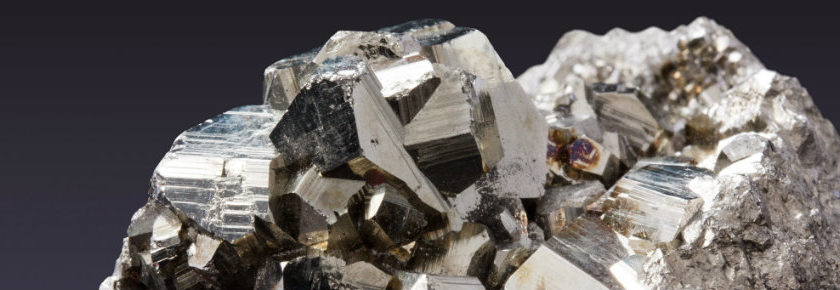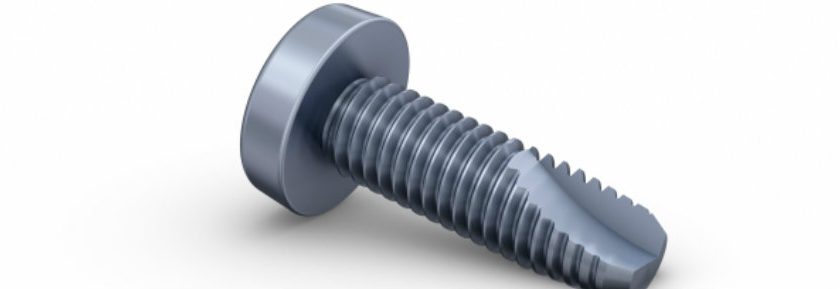Thread forming screw is a generic term for any type of screw that forms its own threads into the mating material. The obvious advantage to thread forming screws is the elimination of nuts or a taping operation, which can save money and/or reduce the amount of parts used. Another lesser known advantage to using thread forming screws is to resist vibration loosening. Because these screws make their own mating threads, there are no gaps between the male and female threads which are a big contributing cause to vibration loosening.
Thread Forming Options
When considering implementing thread forming screws, there are different types of screws and threads for different situations:
1. Thin steel
Generally referred to as tapping screws, these fasteners have wide spaced threads and a sharp point which help to locate holes and to assemble quickly. Not designed to support high loads, these screws are a workhorse in the appliance industry and in heating and cooling applications that use sheet metal. Within this group of tapping screws, there are some specialty parts that work well with very thin sheet metal which is prone to stripping screws and holes very easily.
2. Thicker steel
Thread rolling screws are designed for thicker steel up to two times the screw’s diameter. These screws have the same standard machine screw pitch and geometry as a course threaded bolt, but the lead threads are specially designed and hardened to form threads into ductile steel. Many different versions of thread rolling screws exist, all designed to facilitate low driving torque and high stripping torque. Hole size and preparation can be very critical to the design of these joints.
3. Lightweight alloys, such as aluminum and magnesium
Like thread rolling screws for steel, these screws have modified thread geometry to increase the pull-out force in lighter alloys with lower yield strength. Hole size and length of thread engagement are key to the strength of these joints.
4. Plastic
Plastics have a wide range of strength and elasticity from thermoplastic to thermoset plastic. Designers often turn to threaded inserts for joints in this material, but in many cases direct assembly into the plastic can be a real time and cost savings. Several options for thread forming screws into plastic exist depending on your materials and joint requirements.
For recommendations on thread forming screws for your next project, contact us at ProvenProductivity@bossard.com.
For more shopping options click here.
Doug Jones
Applications Engineer
djones@bossard.com
October 19, 2018
Read More







